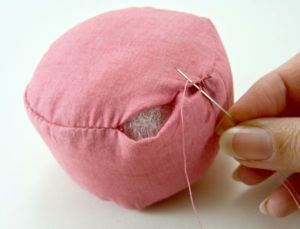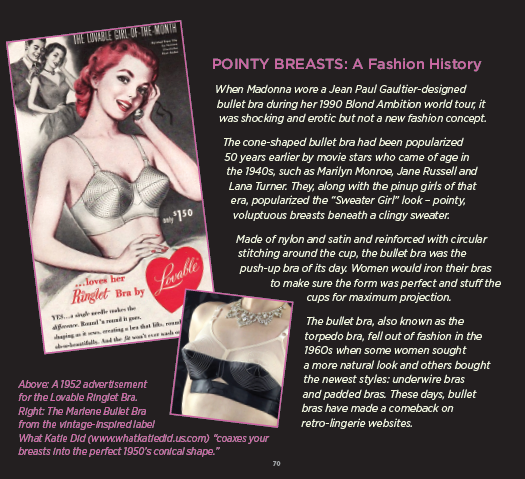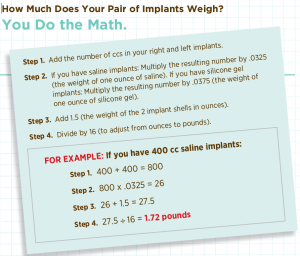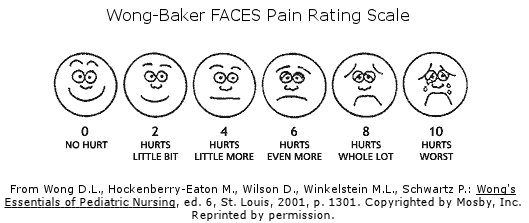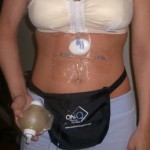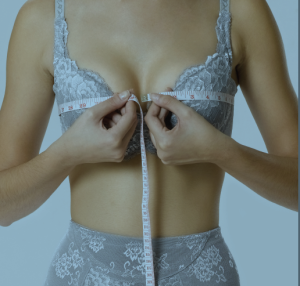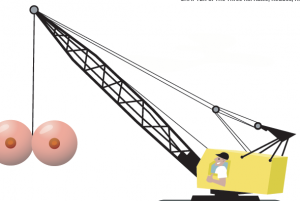Do breast implants need to be replaced every 10 years?
Several times a week in consultation, I answer questions like these:
“I need to replace my breast implants after 10 years, right?” Wrong.
 “You did my breast implants 14 years ago and I’m still happy with their appearance, but a friend just had her 10-year-old implants redone because her doctor said she had to. Is that true?” False.
“You did my breast implants 14 years ago and I’m still happy with their appearance, but a friend just had her 10-year-old implants redone because her doctor said she had to. Is that true?” False.
Breast implants don’t have an expiration date. They only need to be replaced if they deflate (saline) or rupture (silicone), and they’re not fragile.
It’s no surprise that women believe that implants have a shelf life, but what causes the confusion? Breast implants come with a free lifetime product replacement policy. Manufacturers also offer a 10-year warranty to defray some costs of implant replacement surgery. When women hear this, some assume they have to replace their implants after 10 years.

Vintage refrigerator ad: Only new 1967 Admiral Duplex comes in 4 sizes, has the 5 features women want most!
Don’t be misled by the warranty. Your refrigerator comes with a warranty, too, but you don’t automatically replace it when its warranty expires. You’ll probably keep it until it breaks down, unless you are redoing your kitchen and want a bigger or smaller model.
Women sometimes opt to replace their breast implants for bigger or smaller ones after childbirth, weight gain or a change of heart. I recently removed saline implants from a woman who wanted to go bigger after 23 years, and her implants looked the same as the day I put them in.
About 1-3 percent of the 300,000-plus women in the United States who have a breast augmentation each year eventually have surgery to replace implants that have ruptured or deflated.
The most common reason that an implant breaks is because it develops a fold in one spot. Over time, that fold might move back and forth, weaken, and then break, in the same way that a paper clip might break after it has been bent multiple times. I’ve found that if an implant doesn’t deflate from fold failure in the first 6-7 years, the likelihood of this happening seems to decrease, not increase, over time.
Breast implant replacement requires time off from work, exposes women to the risks of surgery and anesthesia, and may require some out-of-pocket expense. As far as replacing implants every 10 years, my philosophy is: “If it ain’t broke, don’t fix it.”


